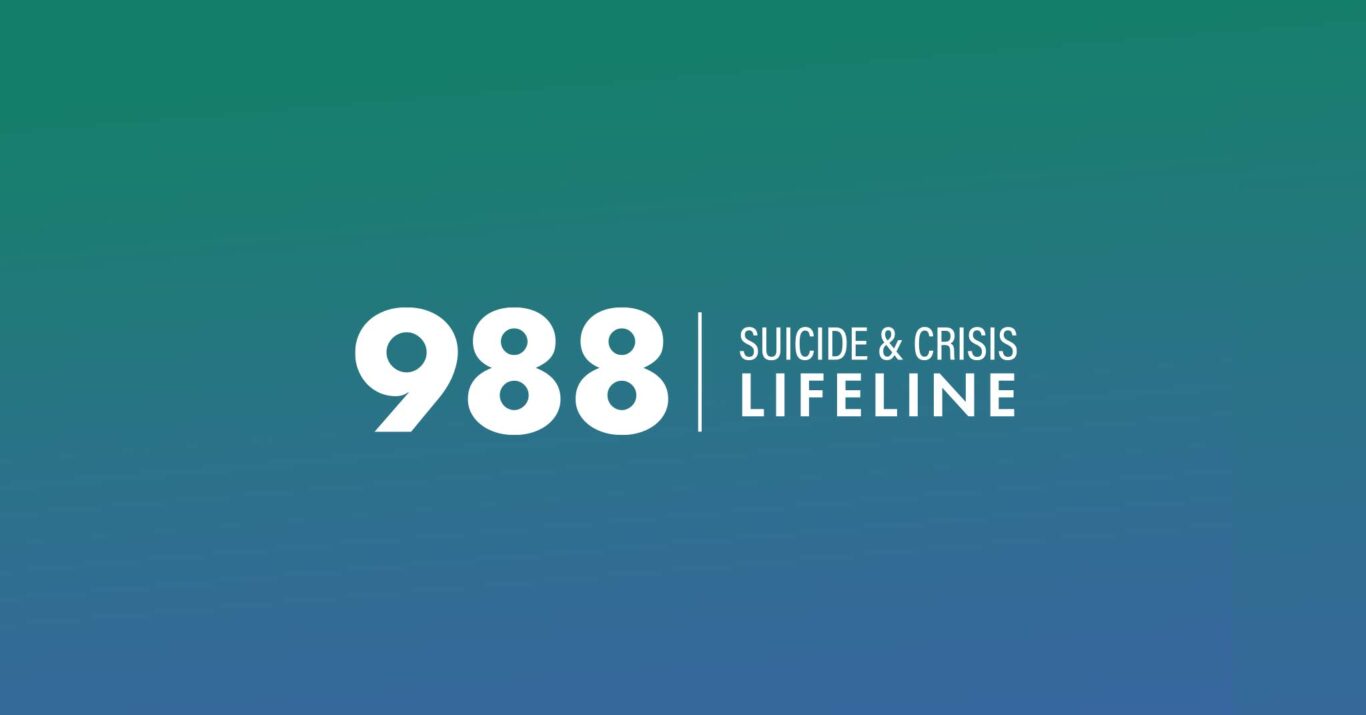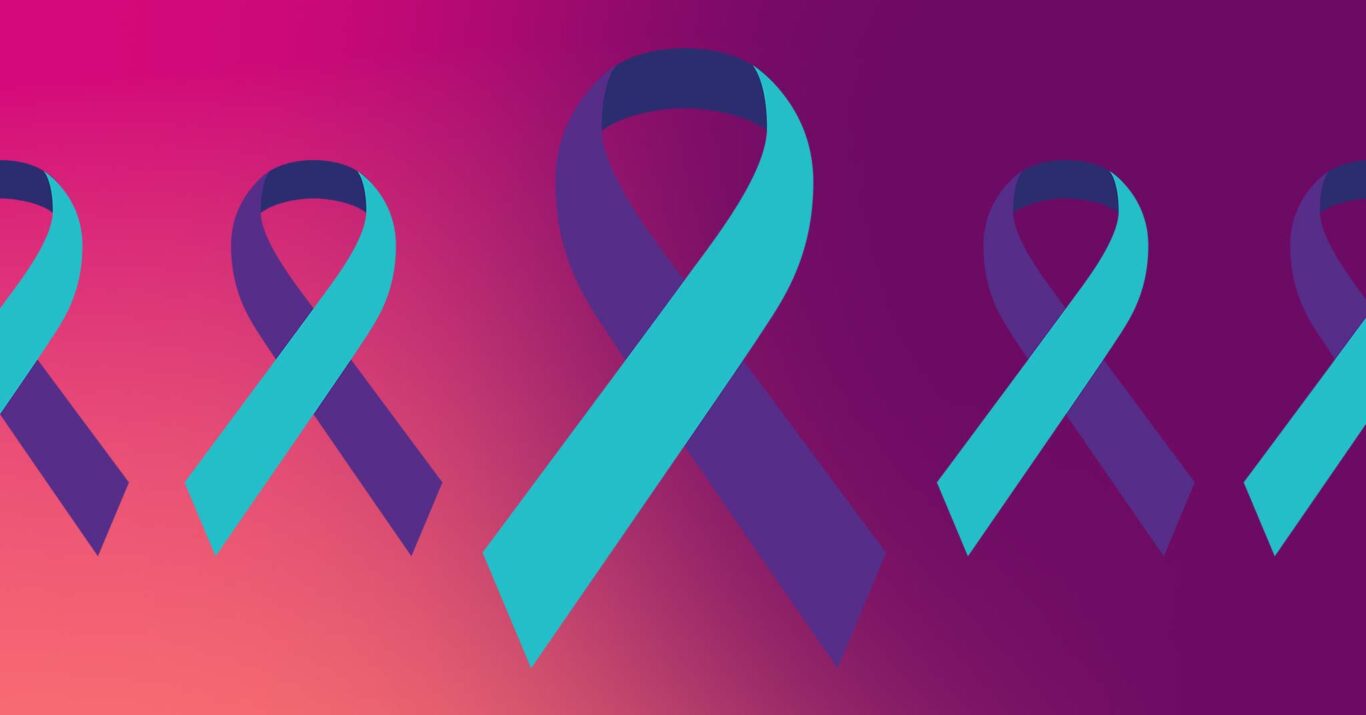988 Logo and Branding
The 988 Lifeline brand embodies the 988 Suicide & Crisis Lifeline’s ideals and goals. Used as intended, the 988 brand provides a cohesive look and feel across 988 materials and primarily seeks to offer a sense of hope.

Order 988 Lifeline Print Materials
The 988 Partner Toolkit is a resource center for social media, video, print, radio, FAQs, messaging, and other marketing materials that can be used to promote the 988 Suicide & Crisis Lifeline. You can download or order print materials for free from SAMHSA.

Download Logos & Awareness Ribbons
The purple and turquoise ribbon symbolizes suicide awareness and prevention. Use it as your social media profile picture to show your support.
